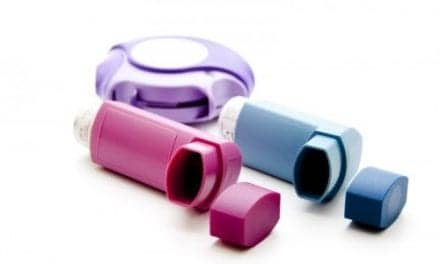
The US Department of Health and Human Services (HHS) has added another resource to aid clinicians in making data-driven decisions and improving health and health care. The Health Indicators Warehouse (HIW) is a Web portal providing a huge collection of health and health care indicator data to support innovations in information technology. I went to the warehouse and was confronted with nearly 1,200 indicators, including life expectancy, mortality, disease incidence or prevalence, determinants of health, and health care access, cost, quality, and use. The information was copious, but I wondered how, say, an asthma educator would use the information to determine if a new educational program was needed.
I talked to Todd Park, chief technology officer of HHS, and Amy Bernstein, chief, Analytic Studies Branch, Office of Analysis and Epidemiology, National Center for Health Statistics, about the warehouse. Park likened the warehouse to the National Oceanic and Atmospheric Administration (NOAA.) NOAA measures barometric pressure every night, then they publish it and other weather information online. People outside government use the downloadable data to make their forecasts on television news, weather.com, and the Weather Channel. “[HIW] is the NOAA of health care,” Park told me. “It’s free, easily downloadable, and machine readable. And no data compromises confidentiality.”
This data includes information on smoking, asthma, COPD, and interventions that have been documented to improve performance. The data has been gleaned from all across HHS and collected in one place in a way that makes it easy for innovators and developers to find and explore, not just from downloads but also by using application programming interfaces (APIs), which are available to developers from HIW.
One such developer is Microsoft, which has enabled health system clients of its Amalga business intelligence application to download HHS-supplied community health data (which Microsoft has imported into its Azure data cloud) at the touch of a button. Amalga clients can use this data in many different ways. For instance, they can trace patients’ zip codes to their home counties and find out the air quality of that county. If the patients have asthma and air quality is poor, the discharge planner can customize the course of action for those patients accordingly (eg, proactive education, additional follow-up, etc) to help avoid readmission. This could be important in the next few years, as, under the Patient Protection and Affordable Care Act, hospitals will be rewarded for fewer readmissions.
The Health Indicators Warehouse is not just for app developers, however. Anyone can access the data. For instance, RTs who are asthma educators can compare data on adult/pediatric asthma admission rates from their region to the national indicators, and they can look at correlates of these indicators (there are 20). “They can look at differences in race and ethnicity and age, among others. Are certain groups less likely to have had asthma education? These could be the focus of intervention or education,” Park said.
I encourage you to visit the warehouse. The amount of information is staggering, but HIW is user friendly, and it could be the jumping off point for your own innovations.
—Marian Benjamin








